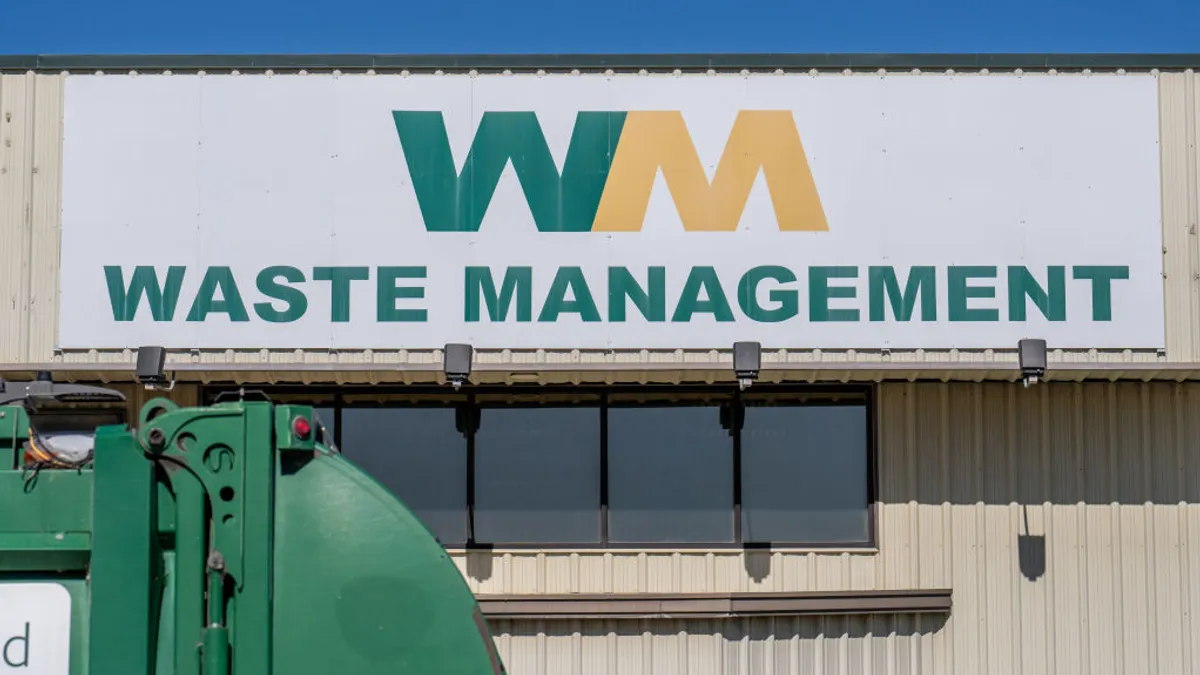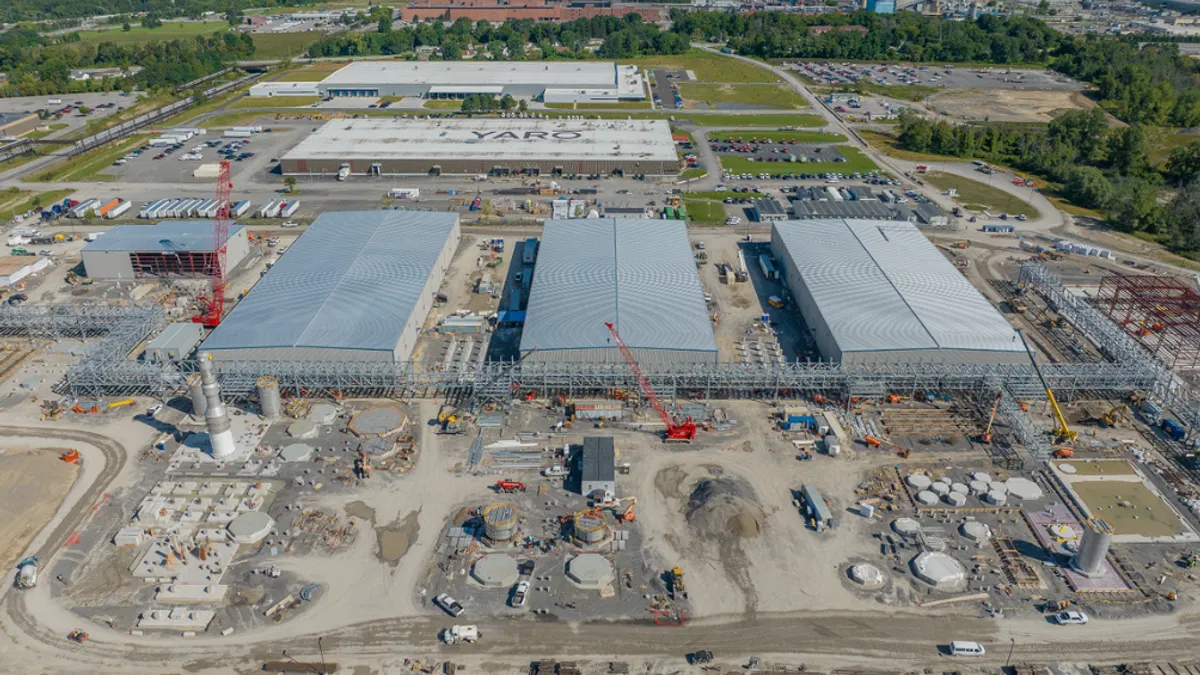As another summer of record-breaking temperatures continues, MRFs and haulers are searching for longer-term solutions to keep workers safe from heat-related illnesses and prevent turnover.
Waste industry managers say they’re experiencing a higher number of days with high heat each year, and they’re stepping up their training, reevaluating worker schedules and, in some cases, investing in facility improvements like cooling systems or automation.
OSHA does not have a heat-specific standard to protect indoor and outdoor workers from being exposed to what it considers “hazardous heat conditions.” The waste industry is keeping a close eye on the agency’s efforts to develop a workplace heat standard, a process it first announced in 2021, but it’s unclear when that standard will be set.
“If employees are not comfortable and safe at work, we're not going to have employees,” said Alex Sandoval, general manager of Balcones Resources’ Phoenix location. The city had 31 consecutive days of temperatures above 110 degrees F this year. On a recent day, when the temperature was expected to surpass 100 degrees F, the first shift started an hour early — at 4 a.m. — to beat the heat.
Worker heat protections, particularly in a famously hot city like Phoenix, can reduce turnover, “and they drive productivity. As an industry, we’re still recovering from all the staffing shortages of COVID, so we have to think more carefully about what can make an employee’s time here safer,” Sandoval said.
In July, President Joe Biden called for OSHA to issue the first-ever hazard alert for heat, a move meant to ramp up enforcement, remind employees of their rights and provide information on what employers should be doing to protect their workers. The Department of Labor said it will also ramp up enforcement of heat-safety violations and increase inspections in high-risk industries such as agriculture and construction.
"A workplace heat standard has long been a top priority for the Department of Labor, but rulemaking takes time and working people need help now,” said Julie Su, acting secretary of labor, in the announcement.
Meanwhile, OSHA is moving through the process of analyzing submitted comments on its proposed heat standard rule. It’s also working with small businesses to see how a proposed rule could affect smaller employers, said Kirk Sander, vice president of safety and standards at the National Waste & Recycling Association. He previously served on an OSHA advisory committee’s heat injury and illness prevention work group. “This [process] is getting us a little closer to a standard,” he said.
Several states already have heat illness prevention standards, including California, Minnesota and Washington. California’s standard, for example, requires employers to provide training, water, shade, and heat planning measures, with requirements triggered once the temperature reaches 80 degrees F. It’s unclear what OSHA’s federal standard could look like, but it may draw from some of those states’ regulations, Sander said.
Meanwhile, Texas has enacted a new preemption law some opponents say could negatively affect worker heat protections. The law prevents municipalities from enacting laws that are stricter than the state’s, which will ban Austin and Dallas from requiring construction companies to offer 10-minute water breaks every four hours, E&E News reported. Water breaks are a major part of preventing heat-related illnesses, along with rest and shade, OSHA says.
Ohio-based Rumpke Waste & Recycling is among the many waste companies stocking up on ice water as temperatures rise. On a recent day, Jeff Meyers, a Rumpke communications manager, said the staff was looking at the weather report to decide if drivers and MRF workers will start their shifts early and take more breaks — a process the company typically implements once the heat index approaches 100 degrees F. The OSHA-NIOSH Heat Safety Tool is one resource the industry uses to help plan outdoor work activity based on regional weather forecasts.
“It’s a matter of staying proactive,” Meyers said. “Our safety teams have vehicles stocked with cold drinks, so they drive around and check on drivers throughout the day.” Regular heat illness training also helps workers recognize when they need to take a break, he said.
Some companies are also starting to invest in newer technology, such as wearable sweat monitors, that can keep tabs on workers and prevent heat illnesses before symptoms start, Sander said.
While water, rest and shade are critical, Sandoval said major investments — such as facility upgrades — will go a much longer way in protecting workers. The MRF Balcones operates in Phoenix, built less than 10 years ago, is equipped with evaporative cooling systems situated near workers’ sorting lines. There are also “sorting huts” with climate controls, he said. Balcones expanded into Arizona in 2022 when it won a MRF contract with the City of Phoenix.
“We spent quite a bit of dollars trying to make sure those coolers are working. It's a fair amount of maintenance, even during the winter, so we can make sure repairs and replacements are done in time for summer,” he said.
MRFs designed and built in the next few years will likely take local climate into account in their design when designing structures, he said. MRFs are already investing more heavily in automation, which has the additional advantage of moving human workers out of uncomfortable or hot working environments, he added.
For facilities that don’t have the ability to make major upgrades, Sandoval said communication and planning will save lives. “Our team members, our workers, they’re on the front lines and know what their conditions are. They’re the ones that come up with the best ideas, and we need to listen to them,” he said.



















